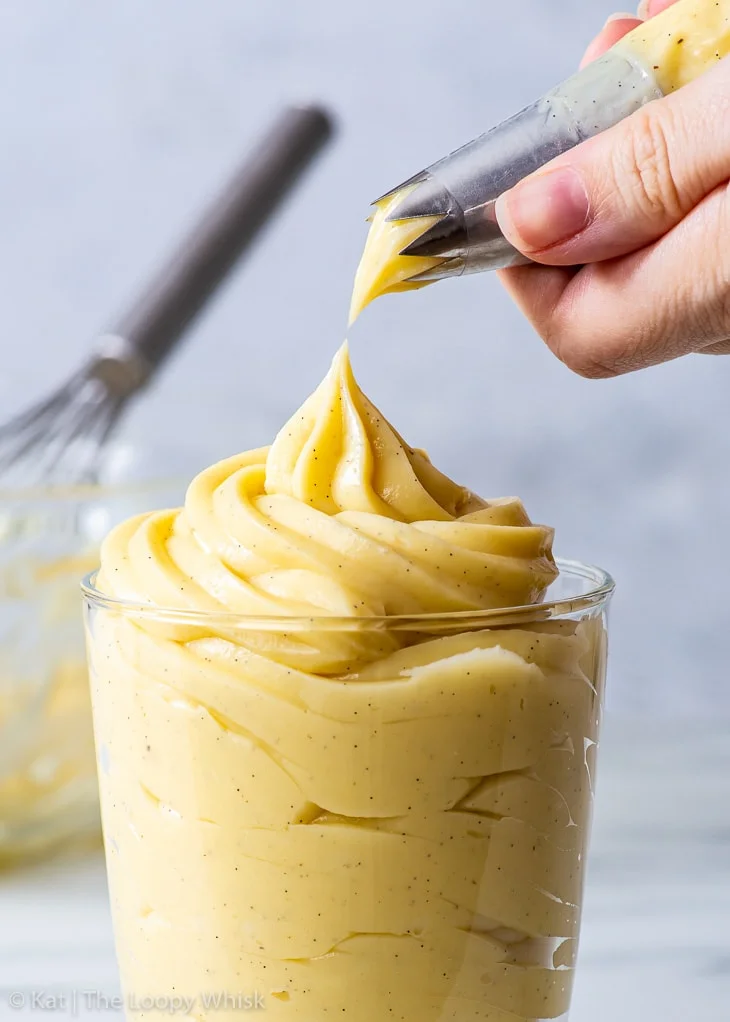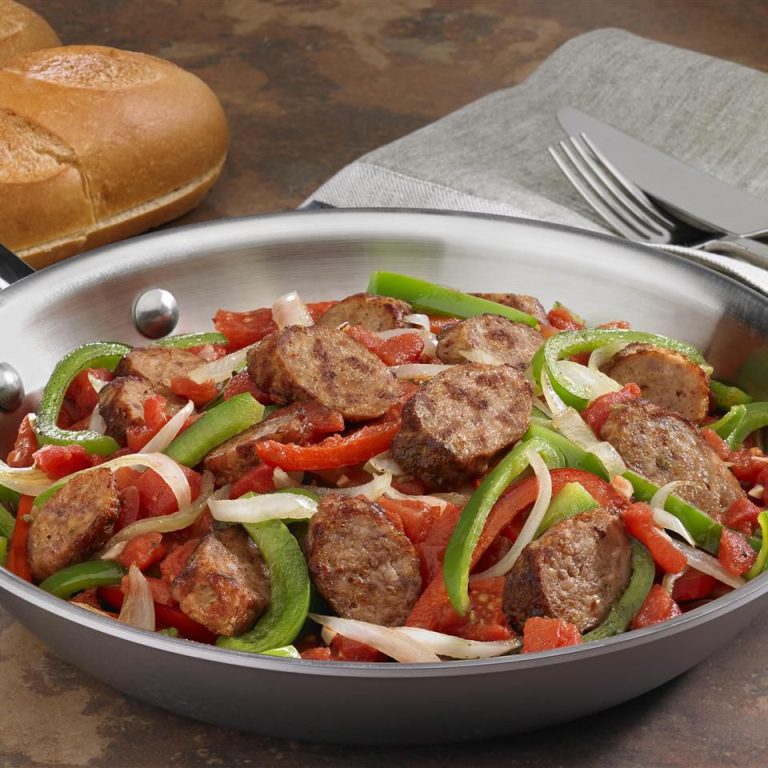Pastry Cream: Tips, Techniques, and Delicious Variations
Pastry cream, also known as crème pâtissière, is a rich, creamy custard used to fill pastries, tarts, and cakes. Its smooth texture and sweet flavor make it a staple in many desserts. Fill éclairs, profiteroles, and fruit tarts with pastry cream for a luscious, bakery-quality treat. Use it as a base for mousses and soufflés, adding versatility to your dessert repertoire.
Common Ingredients
Pastry cream consists of simple, readily-available ingredients. Key components include:
- Milk: Forms the custard’s base.
- Egg Yolks: Contribute richness and color.
- Sugar: Adds sweetness.
- Cornstarch or Flour: Thickens the custard.
- Butter: Provides a smooth texture and enhances flavor.
- Vanilla Extract: Infuses the cream with a subtle aroma and taste.
Use these ingredients to create a versatile filling that elevates your baked goods.
Making the Perfect Pastry Cream
Selecting the Right Ingredients
Choosing high-quality ingredients is key to preparing the perfect pastry cream. Use fresh, whole milk to ensure a creamy texture. Select large egg yolks for a rich consistency and vibrant color. Opt for granulated sugar, which dissolves easily and adds sweetness. Use cornstarch or flour to thicken the cream, with cornstarch providing a smoother finish. Choose unsalted butter for a balanced flavor, and select pure vanilla extract for an authentic taste. Avoid artificial flavorings, as they can alter the final flavor of the cream.
Steps and Techniques
The process of making pastry cream involves several steps and techniques.
- Whisking: Combine egg yolks and sugar in a bowl, whisking until the mixture becomes pale and thick. This helps dissolve the sugar completely and integrates air for a lighter texture.
- Tempering: Heat the milk in a saucepan over medium heat until it’s steaming but not boiling. Gradually whisk hot milk into the egg mixture, tempering the eggs to prevent curdling.
- Cooking: Return the mixture to the saucepan, cooking over medium heat while continuously whisking. This ensures even thickening and prevents lumps. Cook until the mixture thickens and starts to bubble.
- Thickening: Add the cornstarch slurry (cornstarch mixed with a bit of cold milk or water) to the saucepan. Continuously whisk until the mixture reaches the desired thickness.
- Finishing: Remove from heat, then stir in butter and vanilla extract until fully incorporated. This adds richness and depth to the flavor.
- Cooling: Pour the pastry cream into a shallow dish, covering the surface with plastic wrap to prevent a skin from forming. Let it cool to room temperature, then refrigerate it until ready to use.
Variations of Pastry Cream
Flavor Add-ins
Pastry cream becomes more versatile through various flavor add-ins. By incorporating different flavors, you enhance its appeal and match it to various desserts. For example, add coffee extract to create a mocha pastry cream perfect for tiramisù or éclairs. Mix in melted chocolate for a rich chocolate cream ideal for filling choux pastries or layering between cake layers. Infuse your cream with fruit purées like raspberry or passion fruit for a fruity twist, making it a great filling for tarts or profiteroles. Additionally, almond or hazelnut paste can provide a nutty depth, complementing baked goods such as Danish pastries and croissants.
Dietary Adaptations
Adapting pastry cream to meet dietary needs is essential for inclusivity. For a dairy-free version, substitute regular milk with plant-based alternatives like almond, soy, or oat milk. Similarly, replace butter with vegan margarine to maintain a creamy texture. To create a gluten-free pastry cream, use cornstarch instead of flour. Furthermore, when catering to a low-sugar diet, use natural sweeteners like stevia or erythritol. These modifications ensure that everyone, regardless of dietary restrictions, can enjoy the rich, creamy goodness of pastry cream.
Common Issues and Solutions
Preventing Lumps
Ensuring smooth pastry cream requires careful attention to technique. Whisking continuously during cooking helps to prevent lumps. Sift cornstarch before adding it to the mixture to avoid clumps. Mixing sugar with the cornstarch before introducing it to the milk can improve the blend’s smoothness. If lumps form, strain the cream through a fine mesh sieve while it’s still warm. This step removes any unwanted textures, keeping your pastry cream velvety.
Achieving the Right Consistency
Consistency is key to perfect pastry cream. Thickening properly ensures your cream holds up in éclairs and tarts. Use the correct ratio of cornstarch to liquid, typically 2 tablespoons of cornstarch per cup of milk. Heat the mixture until it reaches a custard-like thickness without boiling. This gradual heating and continuous stirring help achieve the correct consistency. If the cream becomes too thick, whisk in a small amount of milk to loosen it; if too thin, simmer longer while stirring until it thickens.
Conclusion
Mastering pastry cream opens up a world of delicious possibilities in your baking adventures. With just a few simple ingredients and the right techniques, you can create a smooth and flavorful cream that elevates any dessert. Experiment with different flavors and dietary adaptations to suit your needs and preferences. Remember to focus on preventing lumps and achieving the perfect consistency for a truly professional result. Happy baking!






